Extremophiles suggest potential life forms in outer space, on other planets, or under the sea.
Bacteria inhabit soil, water, acidic hot springs, radioactive waste,[2] and the deep portions of Earth’s crust. Bacteria also live in symbiotic and parasitic relationships with plants and animals. They are also known to have flourished in manned spacecraft.[3]
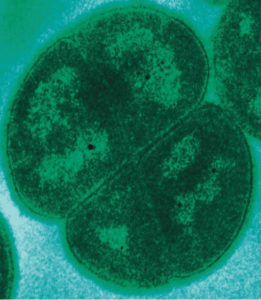
Image above, Deinococcus radiodurans: The most radiation resistant life on this planet, that we know of (also acid, vaccuum, and other truly amazing parameters). Source, Wikimedia Creative Commons.
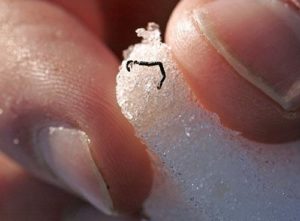
Image: Ice worm against fingernail By Southwick3 (Own work) via Wikimedia Commons.
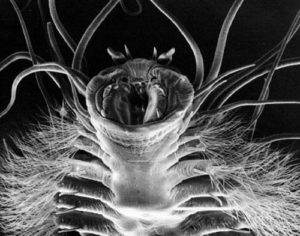
Image above: Ice worm closeup By NASA (Source ; Ice Worm Photo courtesy of NASA JPL) [Public domain], via Wikimedia Commons.
Polaromonas vacuolata (not pictured) and even multicellular organisms such as ice Worms can live at very low temperatures and high pressures.
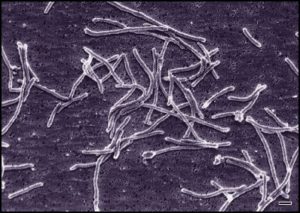
Image above, Thermus aquaticus: Survives and even thrives at very high temperatures (above 70C!) Source: Wikimedia, Creative Commons.
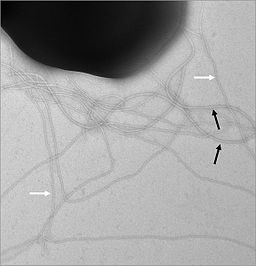
Image above, Sulfolobus acidocaldarius: Survives and thrives not only at high temperature but also at high acidity levels (low Ph). Source: By Ag.archaea (Own work), via Wikimedia Commons
List Source: A blogger’s view of extremophiles.



